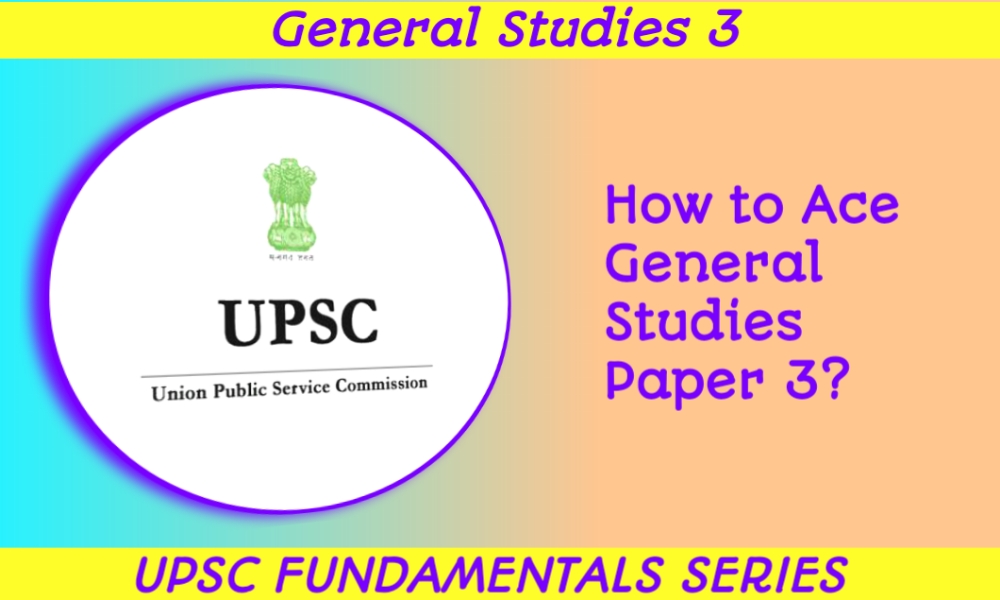India as a Diverse and Multicultural Society?
Sociology, as the scientific study of human society and social behavior, shares significant overlap and interconnections with other social sciences. Understanding these relationships is crucial for a holistic comprehension of the human experience
OPSCUPSCGENERAL STUDIES 1
4/15/20254 min read


Why is India considered Diverse and Multicultural?
India is, and historically has been, an exceptionally diverse and multicultural society, a reality rooted in its geography, long history, and the complex interplay of various groups over millennia.
Ways India Exhibits Diversity and Multiculturalism:
Religious Diversity:
India is the birthplace of four major world religions: Hinduism (practiced by the majority, but internally diverse with numerous sects and philosophies), Buddhism, Jainism, and Sikhism.
It is also home to large populations following religions that originated elsewhere, most notably Islam (India has one of the world's largest Muslim populations) and Christianity.
Significant communities of Zoroastrians (Parsees, who sought refuge centuries ago), Jews (with ancient roots in places like Kerala), and Baha'is also exist.
Furthermore, numerous indigenous Adivasi (tribal) communities follow their own distinct animistic or shamanistic faiths and traditions (e.g., Sarnaism in parts of Eastern India).
Example: Major festivals of different religions like Diwali (Hindu), Eid (Muslim), Christmas (Christian), Gurpurab (Sikh), Buddha Purnima (Buddhist), and Mahavir Jayanti (Jain) are celebrated, often with official recognition and participation across communities.
Linguistic Diversity:
India has no single national language in the way many nation-states do. Hindi is an official language of the Union government, along with English as an additional official language. However, the Constitution recognizes 22 scheduled languages.
Hundreds of languages and thousands of dialects are spoken across the country, belonging to several major language families: primarily Indo-Aryan (like Hindi, Bengali, Marathi, Punjabi, Odia) and Dravidian (like Tamil, Telugu, Kannada, Malayalam), but also Austroasiatic and Tibeto-Burman languages spoken by various communities, especially in Eastern, Central, and Northeastern India.
Each major language often has its own unique script.
Example: A person traveling from Punjab (speaking Punjabi, Gurmukhi script) to Tamil Nadu (speaking Tamil, Tamil script) would encounter entirely different languages from distinct families, requiring English or Hindi as a potential link language, or translation. Official government communications often need to be multilingual.
Ethnic and Genetic Diversity:
India's population is a complex tapestry woven from millennia of migrations, invasions, and intermingling. Major ancestral groups include descendants of early inhabitants, Indo-Aryans, Dravidians, Austroasiatic, and Tibeto-Burman peoples.
There is significant ethnic variation across regions, reflected in physical features, cultural practices, and genetic markers. Numerous distinct tribal (Adivasi) groups maintain unique identities.
Example: The distinct ethnic identities and traditions of Naga communities in the Northeast differ vastly from the Bhil tribes of Central India or the Toda people of the Nilgiri Hills.
Cultural Diversity (Food, Clothing, Arts, Customs):
Food: Cuisine varies dramatically by region, influenced by climate, local ingredients, religion, and history. North Indian food often features wheat-based bread (roti, naan), dairy, and tandoor cooking, while South Indian cuisine heavily relies on rice, lentils, coconut, and distinct spices (dosa, idli, sambar). Eastern India (like Odisha or Bengal) emphasizes rice, fish, and unique mustard oil preparations (e.g., Pakhala in Odisha, Machher Jhol in Bengal).
Clothing: Traditional attire varies widely – the Sari (worn differently in various regions), Salwar Kameez, Kurta-Pyjama, Dhoti, Lungi, Sherwani, and region-specific clothing like the Pheran (Kashmir) or Mekhela Chador (Assam).
Arts & Music: India has distinct classical traditions (Hindustani in the North, Carnatic in the South) and an explosion of folk music and dance forms specific to regions and communities (e.g., Bhangra in Punjab, Garba in Gujarat, Bihu in Assam, Odissi in Odisha, Kathakali in Kerala).
Customs & Rituals: Marriage ceremonies, birth and death rituals, social etiquette, and family structures can differ significantly based on region, religion, caste, and community.
Geographical Diversity:
India's vast landscape – from the Himalayan mountains to coastal plains, fertile river valleys, arid deserts, and dense forests – has historically allowed diverse cultures to develop in relative isolation and adapt to different environments, influencing lifestyles, occupations, and resource use.
Why is it Considered So Diverse?
Long History of Migration & Interaction: India has been a crossroads for trade, migration, and invasions for millennia (e.g., Greeks, Sakas, Kushans, Huns, Arabs, Turks, Mughals, Europeans), leading to continuous cultural exchange and the settlement of diverse groups.
Birthplace of Religions: Being the origin point for several major faiths fostered internal religious pluralism from ancient times.
Absorption & Syncretism: Indian society has often shown a tendency to absorb and integrate external influences, leading to syncretic practices and beliefs (e.g., Sufi traditions influencing Hinduism and Islam, Indo-Islamic architecture).
Political History: For much of its history, India was not a single unified political entity but a collection of kingdoms and empires, allowing distinct regional cultures to flourish. Even large empires often ruled over diverse populations with varying degrees of central control.
Tolerance (Historical Ideal): While marked by periods of conflict, there has often been a philosophical and practical tradition of tolerance allowing different communities to coexist.
Differences from Other Societies in Asia and Europe:
Scale and Depth within One Nation: While Europe and Asia are diverse continents, India's diversity is immense within a single nation-state. Many European nations were historically formed around a dominant linguistic or ethnic group (though modern immigration is changing this). While countries like China are also vast and diverse, India's diversity includes multiple primary language families (Indo-Aryan and Dravidian being fundamentally different) and religious origins coexisting prominently.
Linguistic Landscape: The coexistence of major languages from entirely different families (Indo-Aryan, Dravidian) as dominant languages in different large regions within one country is quite distinct. Europe is primarily Indo-European (with exceptions like Finnish/Hungarian/Estonian, and Basque). East Asia often has greater linguistic homogeneity within nations (e.g., Japan, Korea) or dominance by one family (Sino-Tibetan in China).
Religious Pluralism's Nature: India is unique in being the birthplace of four major world religions that still have substantial populations within its borders, alongside large populations of religions originating elsewhere. While Europe has diversity, its history was largely shaped by Christianity (and its internal divisions), with Islam and Judaism as significant minorities. Many Asian nations have one dominant religion shaping national identity (e.g., Buddhism in Thailand, Islam in Indonesia/Malaysia), although minorities exist.
Caste System: The hierarchical social structure of the caste system (Jati/Varna), though officially outlawed and undergoing change, is a unique and deeply ingrained feature of Indian society (primarily associated with Hinduism but influencing other communities too) that adds another layer of internal division and identity distinct from class structures found elsewhere.
In essence, India's multiculturalism is defined by the sheer depth and breadth of linguistic, religious, ethnic, and cultural differences coexisting, often intermingling, and sometimes conflicting, within the framework of a single, democratic nation-state – a scale and complexity forged over millennia that is arguably unparalleled.
